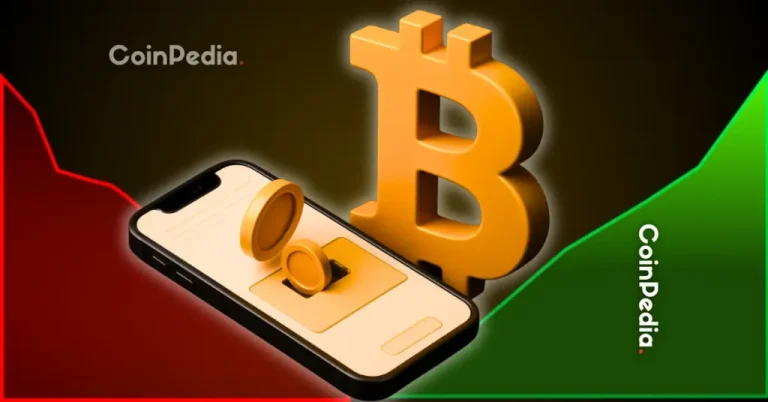The post Venezuela Banking Giant to Integrate Bitcoin and USDT Soon appeared first on Coinpedia Fintech News
Venezuela is getting ready to take a big step by joining traditional banking with digital assets. Conexus, one of the country’s largest payment companies, works to integrate Bitcoin and stablecoins directly into the national banking system.
If successful, the Conexus model might inspire other nations to follow.
Venezuelan Banks to Add Bitcoin and Stablecoins
For years, Venezuela has battled a collapsing currency and runaway inflation, forcing many citizens to turn to cryptocurrencies for financial stability. Meanwhile, Conexus, which already processes nearly 40% of the nation’s electronic transfers, now plans to make a key part of Venezuela’s financial network.
Now, the company wants to go further by allowing local banks to provide direct crypto services, including custody, transfers, and fiat exchange for Bitcoin and stablecoins.
The initiative is set to launch in December 2025, marking a major leap in Venezuela’s financial modernization. If successful, it would make Venezuela one of the first countries in the world to fully integrate crypto into its national banking network.
Rising Use of Stablecoins Amid Currency Crisis
According to Conexus President Rodolfo Gasparri, Venezuela’s national currency, the bolivar, has sharply depreciated, pushing more citizens toward stablecoins like USDT (Tether). Many Venezuelans now use these digital dollars to protect their money from inflation and to carry out daily transactions.
Gasparri noted that this growing trend shows the need for a smoother, more secure bridge between banks and the crypto world.
The new system will let users handle crypto directly through their bank accounts, without external apps. Built on blockchain, it aims to make transactions safer and build trust in regulated crypto use.
A Model for Other Nations
Analysts believe Conexus’s plan could reshape Venezuela’s financial landscape. By merging traditional banking with crypto. As of now company is building a bridge between fiat and digital money, something that could help millions gain easier access to stable and low-cost financial tools.
If successful, it could become a model for other nations battling currency instability.

